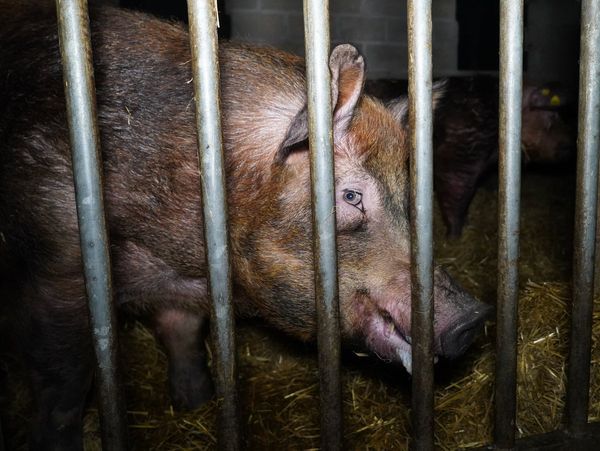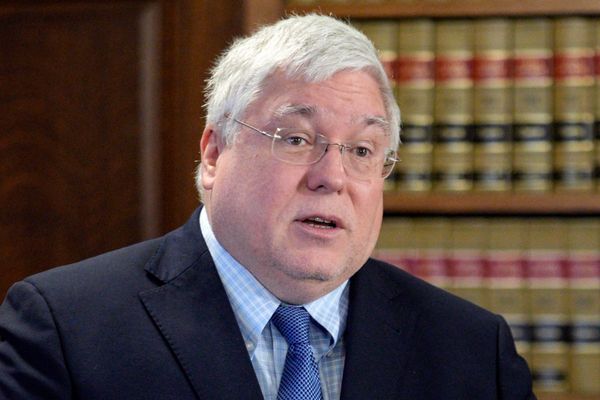
It may look like a sparkly black marble stone benchtop, but it's actually the farthest humanity has ever seen time and space in such sharp detail.
It's been described as bringing us closer to the dawn of time and the edge of the universe.
NASA's $15 billion James Webb Space Telescope has produced the deepest and sharpest infrared image of the distant universe to date.
Known as Webb's "first deep field", this image shows a galaxy cluster with the very uninspiring name of "SMACS 0723".
While the name may not inspire, the image surely does. It shows a galaxy cluster as it appeared 4.6 billion years ago.
Thousands of galaxies are visible in the image. This includes the faintest objects ever observed in the infrared.
The composite was made from images at different wavelengths over 12.5 hours.
US President Joe Biden announced the first image and kind of used it as a bit of propaganda, saying the images to come would "remind the world that America can do big things, and remind the American people - especially our children - that there's nothing beyond our capacity".
But the images are a boost for the evolution of all humanity - not just Americans.
NASA administrator Bill Nelson said the image "covers a patch of sky approximately the size of a grain of sand held at arm's length".
"It's just a tiny sliver of the vast universe," Bill said.
Hunter astronomy expert Col Maybury said "they're getting closer and closer to the Big Bang all the time".
"They're going to get back into the time when all was dark and all of a sudden it exploded into light," Col said. "It's been 30 years in the making to get this telescope up there. I don't know where mankind is going but it's certainly wonderful."
Col said each galaxy in that photo contained billions of stars.
"Those stars have an average of five planets. If one in 100 of those planets is suitable for life to develop, that is an unimaginable number of beings looking for us. We are not alone," he said.
John Mather, a NASA senior project scientist, said the telescope would examine questions such as: "What happened after the Big Bang?"
The image shows the light of galaxies bending around other galaxies, travelling for billions of years before reaching the telescope.
The mass from the galaxies distort spacetime so that objects behind the cluster are magnified, enabling astronomers to look back about 13 billion years into the early universe.
"We are going back almost to the beginning," Bill Nelson said.
Jonathan Gardner, Webb's deputy project scientist, said the telescope can "see backwards in time to just after the Big Bang by looking for galaxies that are so far away that the light has taken many billions of years to get from those galaxies to our telescopes".
The Webb telescope goes beyond the Hubble Space Telescope's deepest fields and into a new realm.
NASA said the telescope is now the world's premier space science observatory.
"Webb will solve mysteries in our solar system, look beyond to distant worlds around other stars and probe the mysterious structures and origins of our universe and our place in it."
The Webb telescope launched on Christmas Day last year. The first image represents a kind of Christmas in July for astronomers.







